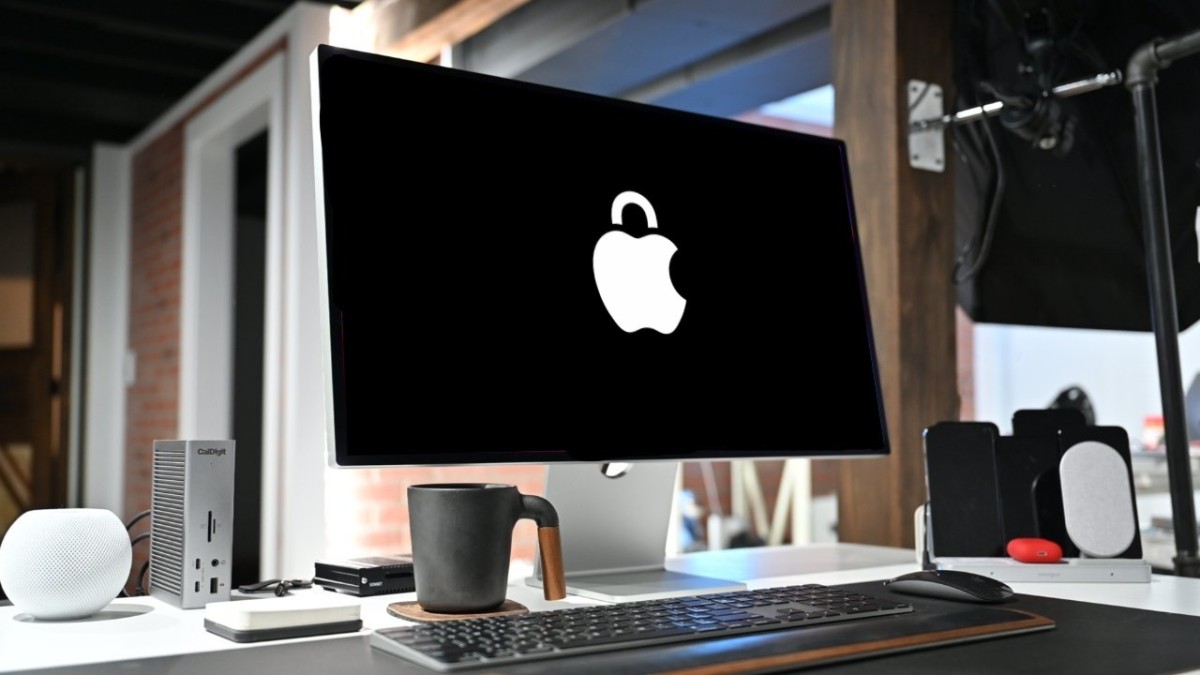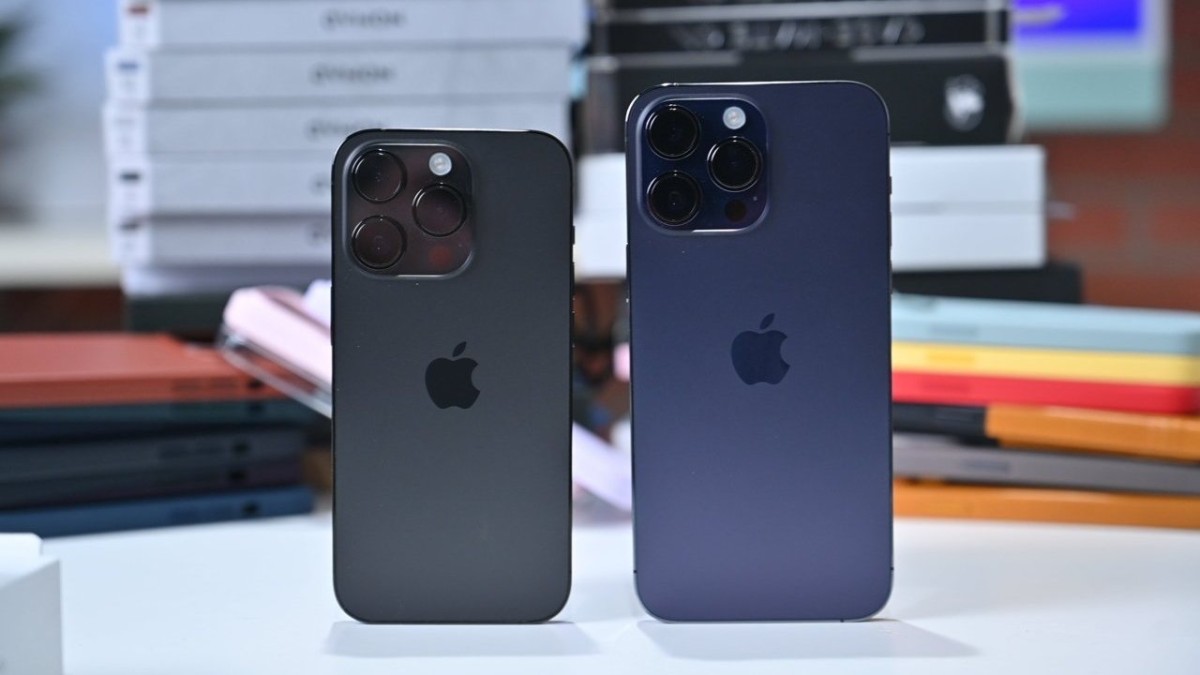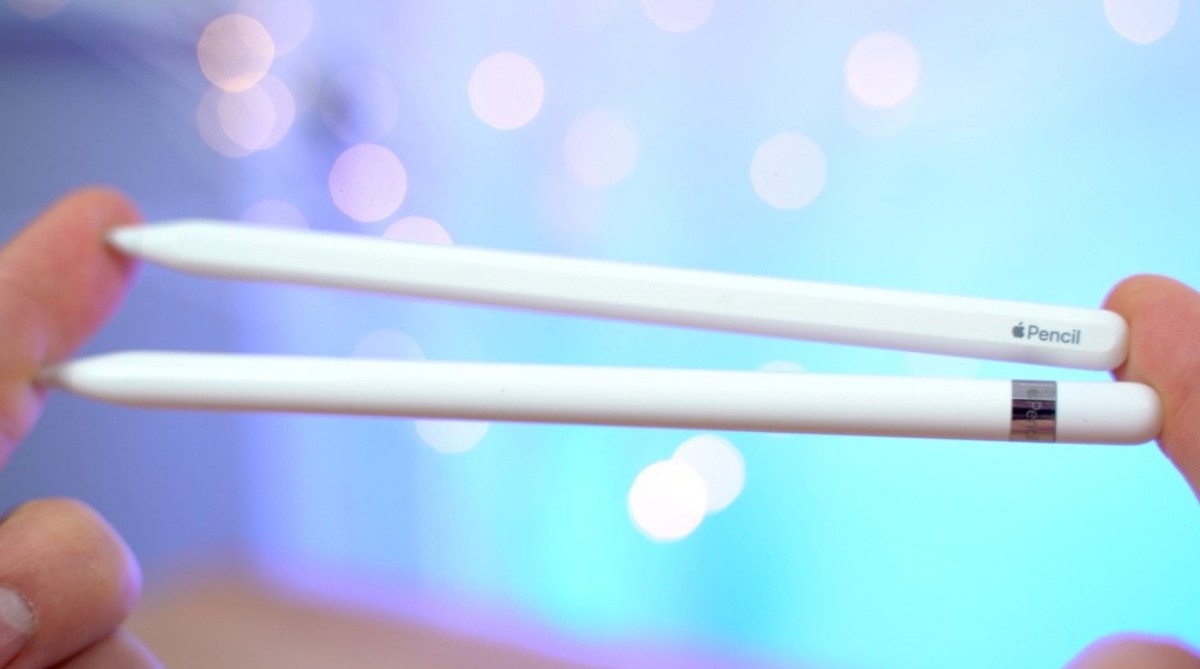In a recent development that might soothe some ruffled feathers in the repair community, Apple's Senior Vice President of Hardware Engineering, John Ternus, has come forward to defend the company’s approach to parts pairing in Apple devices. In an interview with TechCrunch, following the expansion of Apple’s self-repair programs, Ternus addressed concerns and misconceptions about the company’s repair policies.
Parts pairing, a process that has drawn criticism for supposedly limiting repair options and contributing to e-waste, is seen by Apple as a necessary step to ensure the safety and authenticity of parts used in repairs. According to Ternus, this method is crucial for authenticating vital components like Apple’s biometric devices and ensuring they are not spoofed.
"Parts pairing is not evil," Ternus stated, explaining that the process is about maintaining high standards in device repair by verifying each component. He emphasized that this approach is essential for parts that are critical to the security of the device, like Touch ID and Face ID, though he acknowledged the company does not support third-party alternatives for these specific components due to security concerns.
Despite these restrictions, Ternus affirmed that Apple supports the use of third-party parts in other areas of repair, promoting transparency and allowing consumers to make informed choices about the components used in their devices. This includes more visible reporting on whether a device contains genuine or third-party parts, especially for key components like batteries.
The journey toward enhanced repairability has been long, with Ternus revealing that it took about two years to implement the recent changes, motivated in part by upcoming legislative adjustments. He pointed out that while repairability is crucial, it should not be the sole focus at the expense of the product’s overall longevity and environmental impact.
Apple's stance appears to be a balancing act between upholding security and functionality standards while also supporting the right to repair movement by accommodating third-party components where feasible. This approach reflects a broader commitment to both consumer rights and environmental responsibility, as the company navigates the complexities of modern device repairability.






